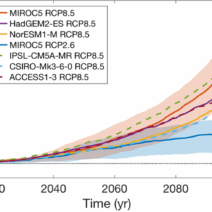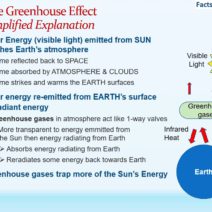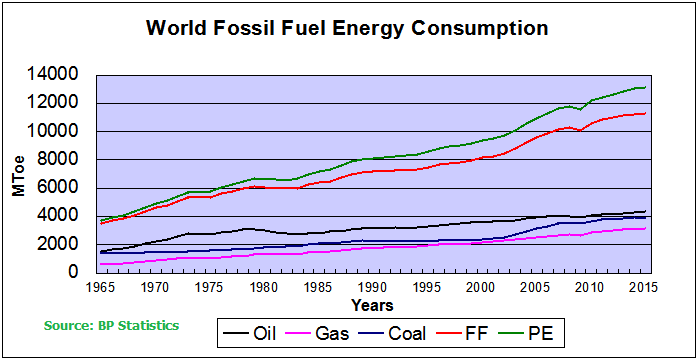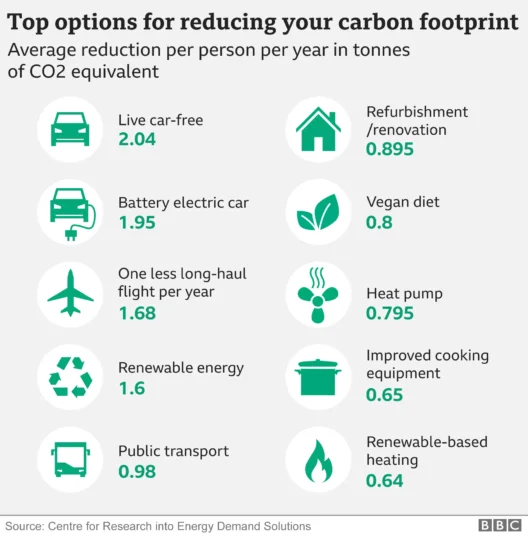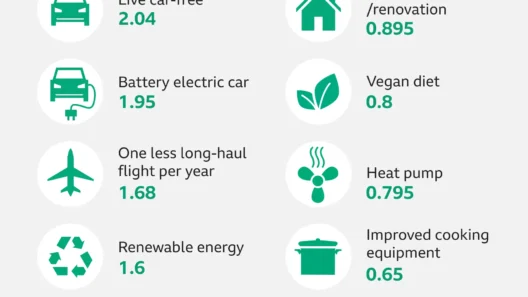As the global population continues to burgeon, reaching an astonishing 8 billion in 2023, the implications of this growth extend far beyond mere numbers. In recent decades, a pivotal realization has emerged: more people directly correlates with exacerbated climate change. Understanding this symbiotic relationship is crucial for reimagining our approach to environmental stewardship. The intertwined dynamics of population growth and greenhouse gas emissions unravel a complex narrative that warrants scrutiny.
Population growth fuels global warming primarily through increased demand for resources. More inhabitants mean heightened consumption of energy, water, food, and raw materials. This insatiable appetite for resources inevitably leads to intensified industrial activity, which is a significant contributor to anthropogenic greenhouse gas (GHG) emissions. Fossil fuel combustion for electricity, transportation, and heating represents a major driver of carbon dioxide emissions. As populations swell, demands on these energy sources escalate, leading to higher emissions and a corresponding rise in atmospheric concentrations of GHGs.
Consider urban areas, which are burgeoning hubs of population density. As cities expand, they often adopt sprawling architectures characterized by increased energy consumption. High-rise buildings, vast road networks, and expansive suburbs, while often viewed as symbols of progress, also serve as cauldrons of heat and pollutants. Urban heat islands emerge as a direct consequence, where built environments absorb and re-radiate heat trapped by burgeoning populations and increased vehicular traffic. This effect not only drives local temperatures higher but contributes to regional climatic changes, enhancing the risks of heatwaves, droughts, and altered precipitation patterns.
Moreover, agricultural practices must adapt to feed an ever-growing populace. Agricultural expansion often leads to deforestation, a practice that significantly disrupts carbon sequestration processes. When forests are cleared for cropland or pastures, not only is the carbon stored in trees released into the atmosphere, but the removal of these vital ecosystems diminishes our planet’s capacity to absorb CO2. Consequently, the agrarian shift driven by rising population demands inadvertently intensifies global warming.
Rural to urban migration further complicates the scenario. As individuals flock to cities in search of better opportunities, the urban infrastructure often struggles to accommodate these influxes. Insufficient public transportation, inadequate housing, and stretched utilities lead to increased energy consumption and pollution. In many cases, the burgeoning urban infrastructure is designed without sustainability in mind, relying on outdated models of consumption that prioritize immediate needs over long-term ecological health.
Population growth also impacts waste production, significantly contributing to environmental degradation. More people generate more waste, and in many parts of the world, waste management systems are insufficient to cope with rising demands. Landfills emit methane, a GHG more potent than carbon dioxide. Inadequately managed waste not only contributes directly to climate change but also pollutes surrounding ecosystems, exacerbating the environmental challenges associated with increasing populations.
To grasp the magnitude of this crisis, we must delve into consumption patterns. The average carbon footprint of individuals can vary dramatically based on demographic factors such as location, lifestyle, and socio-economic status. For instance, citizens of affluent nations typically emit vastly more carbon dioxide than those from developing regions. This discrepancy highlights a critical paradox: while population growth in lower-income countries contributes to the overall increase in emissions, the disproportionately high consumption rates in wealthier nations often overshadow these contributions. Thus, addressing global warming necessitates a multifaceted approach that incorporates equity into environmental strategies.
Engaging with the concept of reproductive rights is crucial in the climate conversation. Empowering individuals—particularly women—with education and access to family planning can lead to smaller family sizes, reducing population growth rates over time. An empowered populace can lead to a decrease in resource consumption and emissions, fundamentally altering the trajectory of global warming. This proactive approach fosters a deeper respect for women’s rights, intertwining social justice with environmental resilience.
Solutions to mitigate the impact of population growth on climate change must embrace technological innovation. Renewable energy sources such as solar, wind, and hydropower present viable alternatives to fossil fuels. These innovations can decouple energy consumption from GHG emissions, allowing society to thrive without worsening climate impacts. Yet, adoption of these technologies must be accompanied by robust policies and infrastructures to ensure their effectiveness across varying population densities. Investment in sustainable urban planning, efficient public transportation systems, and smart resource management practices could pave the way for more resilient communities capable of weathering the consequences of climate change.
Educating the masses about the intricate links between population and climate change is imperative. Awareness can catalyze collective action toward sustainable practices. Initiatives that promote sustainable living—such as community gardens, zero-waste programs, and energy conservation efforts—can empower individuals to reduce their carbon footprints. Grassroots movements can accelerate shifts in consciousness, ultimately transforming societal norms surrounding consumption.
In conclusion, the nexus between population growth and climate change reveals a pressing need for a paradigm shift in how we perceive human expansion. Conversations must transcend mere statistics, embedding ecological integrity into discussions about population dynamics. As we grapple with the realities of human impact on the planet, fostering awareness and instituting effective measures becomes a collective responsibility. Climate action must be holistic—an intertwining of policies, education, and technological innovation that prioritizes not only the needs of today but ensures a habitable planet for future generations. Embracing this comprehensive narrative offers a renewed perspective on how to tackle one of the most daunting challenges of our time.
